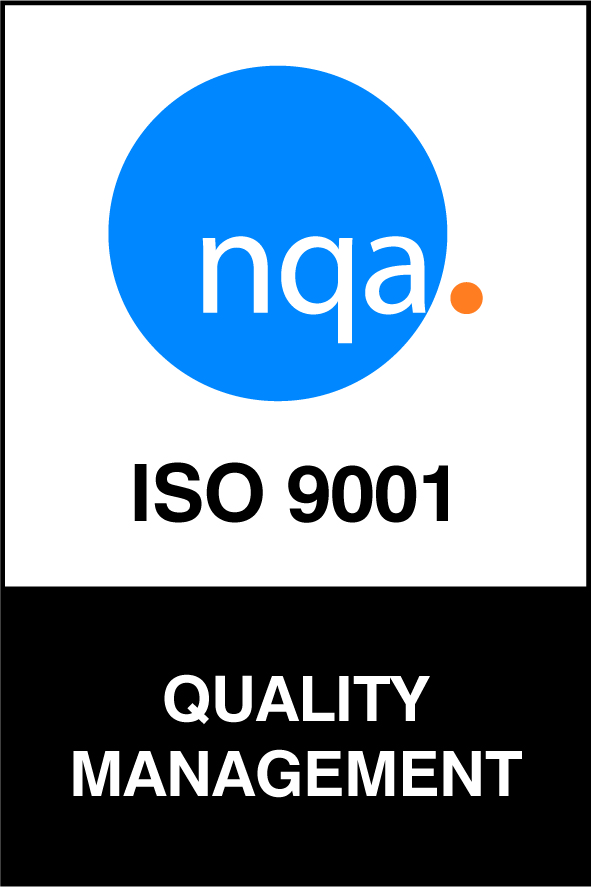Silicone O-Rings Selection Guide
Silicone o-rings are excellent seal materials for high temperatures in static environments. Typically, silicone o-rings show outstanding flex and fatigue life, strong ozone and UV radiation resistance, and physiologically neutral and insulating properties. Silicone o-rings can be synthesized with a wide variety of properties and compositions, allowing for great flexibility in performance.
Marco Rubber has millions of standard and non-standard silicone o-ring sizes in-stock, and the ability to custom-make o-rings upon request, often without tooling fees. Order silicone o-rings from the world’s largest o-ring inventory network, including:
- High temperature silicone gaskets and o-rings
- FDA food grade silicone seals and o-rings
- USP Class VI medical-grade silicone gaskets and o-rings
Common Names
Silicone, VMQ, PVMQ
Trade Names
Silastic®, Elastosil®, Thermoflex®
Features
The term silicone covers a large group of materials in which vinyl-methyl-silicone (VMQ) is often the central ingredient.
- Can be compounded to meet FDA, USP Class VI, USDA, 3-A and Canada AG
- Excellent heat and compression resistance, excellent flexibility, good electrical insulator
- Excellent resistance to oxygen, ozone and sunlight, animal and vegetable oil and grease
- Resistance to fungal and biological attack
Specialty Resistances
- Dry Heat
- Wide Temperature Range
- Sunlight, Ozone, Weathering
- Odorless and Non-Toxic
Limitations
- Not Resistant to Ketones (MEK)
- Not Resistant to Acids or Alkalis
- Not Resistant to Silicone Oils
- Not Resistant to Brake Fluids
- Low Strength and Poor Abrasion Resistance
- High Gas Permeability
- Concentrated Solvents, Oils or Concentrated Acids
- Aromatic Hydrocarbons (Benzene, Toluene)
- Superheated Water or Steam Over 250 F
- Diluted Sodium Hydroxide, Hydrocarbon Based Fuels or Aromatic Mineral Oil
Mechanical Properties
- Poor Wear Resistance
- Excellent Comp. Set Resistance
- Poor Short-Term Resilience
- Excellent Permeation Resistance
Silicone O-Ring Compatibility
Compound # | Datasheet | Color | Hardness (Shore A) | Low Temp °F (°C) | High Temp °F (°C) | Features |
|---|---|---|---|---|---|---|
S1000 | Orange | 70 | -75 (-59) | 400 (204) | General purpose and FDA compliant Silicone per 21 CFR 177.2600 (available in nearly any color and durometer) | |
S1004 | Orange | 40 | -75 (-59) | 400 (204) | General purpose softer than standard Silicone to seal rough or warped glands and or low closure force applications | |
S1015 | Orange | 70 | -65 (-54) | 500 (260) | Higher temperature resistant Silicone | |
S1043 | Orange | 50 | -103 (-75) | 400 (204) | Lower temperature resistant Silicone | |
S1020 | Clear | 70 | -65 (-54) | 400 (204) | Clear-Translucent and FDA compliant Silicone per 21 CFR 177.2600 | |
S1146 | White | 70 | -75 (-59) | 480 (249) | Medical Grade USP Class VI and FDA compliant Silicone, Platinium Cured, Commercial Manufactured | |
S1083 | Clear | 70 | -65 (-54) | 400 (204) | Medical Grade USP Class VI and FDA compliant Silicone, Platinium Cured, Commercial Manufactured | |
S1037 | Clear | 70 | -65 (-54) | 400 (204) | Medical Grade USP Class VI and FDA compliant Silicone, Platinium Cured, Clean Room Manufactured | |
S1081 | Orange | 65 | -65 (-54) | 350 (177) | EMI RFI Shielding Nickel Coated Graphite filled Silicone, Volume Resistivity 0.10 ohm-cm |
The information on this page is to the best of our knowledge accurate and reliable. However, Marco Rubber makes no warranty, expressed or implied, that parts manufactured from this material will perform satisfactorily in the customer's application. It's the customer's responsibility to evaluate parts prior to use.
The temperature ranges presented on this page are approximations for dry air service only and should not be used to determine design specifications or end-use temperature limits. Actual temperature range of a compound in an end-use application is highly dependent on part type, hardware configuration, applied forces, chemical media, pressure and thermal cycling effects, and other factors. The most practical way of determining an end-use temperature range is testing in the actual application conditions. Consult a Marco Engineer for more details.

